Meiji prints
The Meiji period in Japan denotes the 45-year reign of the Meiji Emperor running from 23 October 1868 to 30 July 1912. For Japan this was a period of major upheaval. With his naval fleet admiral Perry from the United States had just forced the Japanese people to open up to the outside world. This event resulted in the introduction of Western inventions like photography and bookprint presses in Japan, threatening to put many experienced woodblock print carvers and printers out of business. As a result of all the isolated centuries spent in passing down the crafts of woodblock carving and printing from one generation to the next in a master-pupil relationship, carvers and printers still in business at that time of Japanese history seem to have been at the very top of their craftman abilities.
The prints produced in the Meiji era that I was able to obtain are displayed on this page. Please click on any of these images to find out more about their size, publication date, provenance, enlargements, and the English translation of the Japanese texts on each print.
Some of these prints are special in the sense that they were not published separately but as free additions to magazines and novels. These prints called kuchi-e (literally meaning: mouth-pictures) typically have two clearly visible vertical folding lines. Along these lines, kuchi-e prints were folded in order to fit them into the magazines and books - smaller in size than the prints themselves - to which they were added as freebees. This is how a kuchi-e print - in this case ‘The scent of chrysanthemums’ by Kajita Hanko, see below - looks when folded:
-Folded-new.jpg)
A fascinating account of the historical context and technical aspects of the making of these kuchi-e prints can be seen in this YouTube video of David Bull.
Another special type of Japanese woodblock prints from the Meiji era are those that were published in the form of illustrated orihon or folding albums. Prints in illustrated orihon would first be published separately until the time when a designated number of prints for a certain series had been produced. Once the designated number of prints for a certain series was ready, the publisher would bundle and sell them all together in a folding album. These folding albums usually contain an extra title print showing both the series title as well as a list of the names of the individual prints. Famous examples are the 100 Aspects of the Moon folding album containing 100 tate-e (i.e., vertical or portrait prints) designed by Yoshitoshi and the Shin Bijin (True Beauties) folding album containing 36 tate-e prints designed by Chikanobu.
A number of orihon published in the Meiji period by publisher Akiyama Buemon (firm name Kokkeidō) and publisher Matsuki Heikichi (firm name Daikokuya) were based on sets of twelve ōban-sized yoko-e (i.e., horizontal or landscape prints), each print usually dedicated to one month of the year and always containing the series title in a cartouche located in the right margin of the print. By necessity these yoko-e had to be folded in order to accomodate them into the illustrated orihon book format in which they were issued. These yoko-e are therefore characterized by one clearly visible vertical fold right down the middle of the print.
This is how one of these horizontal print orihon or folding albums - the Mitsui Gonomi folding album with prints designed by Mizuno Toshikata - looks when closed and seen from the front (left), and when opened to one of its pages (right):
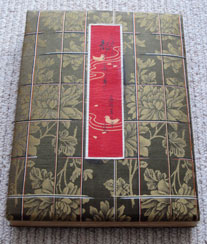 |
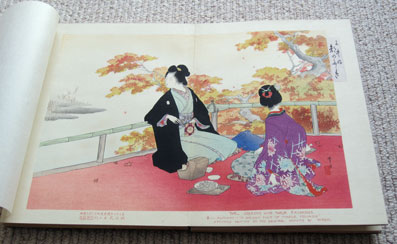 |
| Front cover of the Mitsui Gonomi folding album of Mizuno Toshikata | Opened Mitsui Gonomi folding album displaying one of its prints |
As unfortunately often happens with Japanese illustrated books (irrespective of the era in which they were published), dealers and owners tend to take these albums apart and then sell the prints separately in order to increase profits. However, for prints extracted by dealers and owners from orihon or folding albums in the Meiji era the vertical fold (and sometimes also the glue residues found on both the left and right border of the verso of these prints where the prints were glued together) still identifies them as having originally been part of an album.
Considering all this, it is interesting to note that horizontal prints issued in these folding albums lacking a central vertical fold (i.e, published separately) are therefore generally older (and therefore potentially more valuable) than those including a central vertical fold (i.e, published later as part of an orihon album).
So far I have been able to obtain yoko-e from the following twelve thusly illustrated orihon or folding albums all issued in the Meiji era, either by publisher Akiyama Buemon or by publisher Matsuki Heikichi:
- Arai Kanpō’s Shōnen Rekishi album published ca. 1900-1910s by Akiyama Buemon (3 prints)
- Bihō’s complete Azuma Sugata album published ca. 1910 by Akiyama Buemon
- Ikeda Shōen’s complete Yaekasumi album published in 1906 by Akiyama Buemon
- Ikeda Terukata’s complete Edo no Nishiki album published in 1903 by Akiyama Buemon
- Ikeda Terukata’s complete Senshu no Hana album published in 1897 by Akiyama Buemon
- Mizuno Hidekata’s complete Katei no Hana album published in 1907 by Akiyama Buemon
- Mizuno Toshikata’s complete Imayō Bijin album published in 1898 by Akiyama Buemon
- Mizuno Toshikata’s complete Mitsui Gonomi Miyako no Nishiki album published ca. 1905-1906 by Akiyama Buemon
- Yamamoto Shōun’s complete Shiki no Nagame album published in 1906 by Matsuki Heikichi
- Yamamoto Shōun’s first Kodomo Asobi album published in 1906 by Matsuki Heikichi (1 print)
- Yamamoto Shōun’s third Kodomo Asobi album published in 1907 by Matsuki Heikichi (4 prints)
- Yōshū Chikanobu’s Azuma Fūzoku album published in 1901 by Matsuki Heikichi (8 prints and its title page/table of contents)
Some of these prints are older, not having a vertical fold, while others - clearly containing a vertical fold - were published later as part of an orihon or folding album.
To my knowledge, only one other such yoko-e illustrated orihon or folding album was published in the Meiji era. This is Yamamoto Shōun’s second Kodomo Asobi album published by Matsuki Heikichi in 1906.
About the Japanese writing in these Meiji folding albums
In contrast to modern Japanese, originally hiragana - one of the two phonetic writing systems of Japan - had several forms for a single sound. These variant forms of hiragana are called hentaigana. As an example, consider the Japanese characters in the title of the album designed by Yamamoto Shoūn published by Matsuki Heikichi in 1906. The Japanese title of this album is 四季能な可免, which is pronounced as Shiki no Nagame, and translates into Scenes of the four seasons (see below for the complete contents of this album).
The meanings of the characters 能, 可, and 免 in this title are ‘ability’, ‘allowed’, and ‘excuse’, respectively. In the Meiji title 四季能な可免, however, the meanings of these three characters are completely ignored and they are only used for their sounds. These sounds are ‘no’, ‘ka’, and ‘me’, corresponding to the hiragana の, か, and め, respectively. In modern Japanese, hentaigana are hardly ever used anymore. Nowadays, this album title would therefore typically be written as 四季のながめ (Shiki no Nagame).
For more information on hentaigana, please refer to this Wikipedia page.
-thumbnail.jpg)
-thumbnail.jpg)
-thumbnail.jpg)

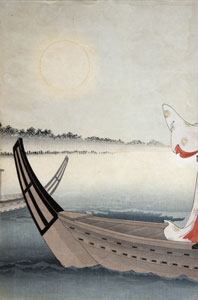
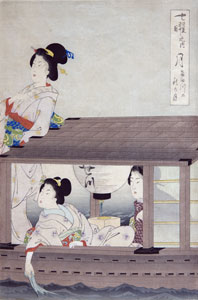
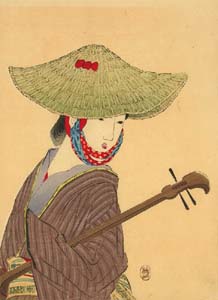
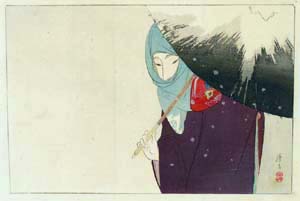

-thumbnail.jpg)
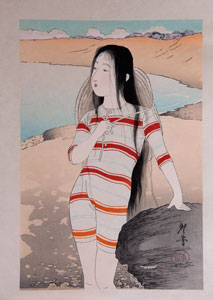
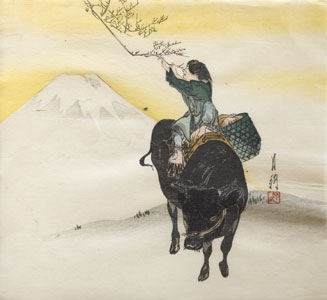
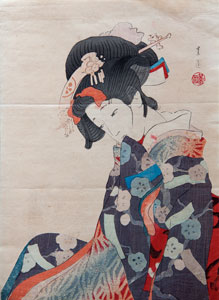
-thumbnail.jpg)

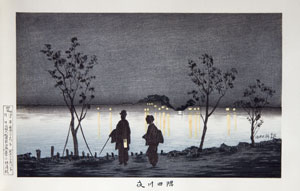
Left-thumbnail.jpg)
Middle-thumbnail.jpg)
Right-thumbnail.jpg)
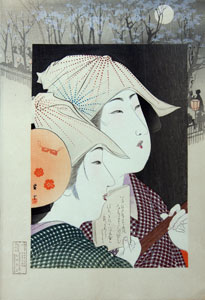
-thumbnail.jpg)
-thumbnail.jpg)
-thumbnail.jpg)

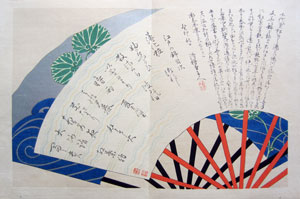
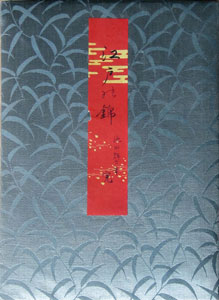
-thumbnail.jpg)
-thumbnail.jpg)
-thumbnail.jpg)
-thumbnail.jpg)
-thumbnail.jpg)
-thumbnail.jpg)
-thumbnail.jpg)
-new-thumbnail.jpg)
-thumbnail.jpg)
-thumbnail.jpg)
-thumbnail.jpg)
-thumbnail.jpg)
-thumbnail.jpg)
-thumbnail.jpg)
-thumbnail.jpg)
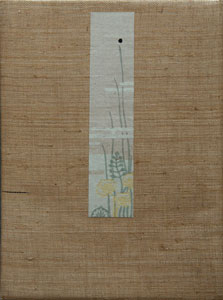

-thumbnail.jpg)
-thumbnail.jpg)
-thumbnail.jpg)
-thumbnail.jpg)
-thumbnail.jpg)
-thumbnail.jpg)
-thumbnail.jpg)
-thumbnail.jpg)
-thumbnail.jpg)
-thumbnail.jpg)
-thumbnail.jpg)
-thumbnail.jpg)
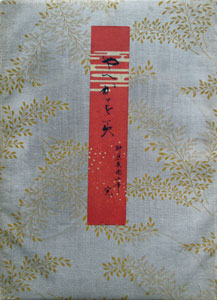
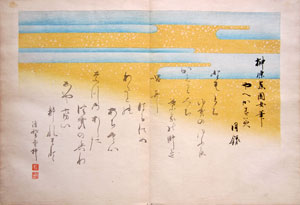
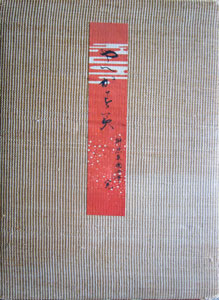
-thumbnail.jpg)
-thumbnail.jpg)
-thumbnail.jpg)
-thumbnail.jpg)
-thumbnail.jpg)
-thumbnail.jpg)
-thumbnail.jpg)
-thumbnail.jpg)
-thumbnail.jpg)
-thumbnail.jpg)
-thumbnail.jpg)
-thumbnail.jpg)
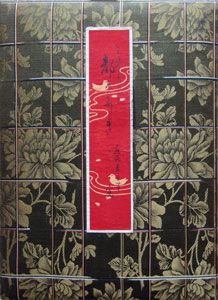

-thumbnail.jpg)
-thumbnail.jpg)
-thumbnail.jpg)
-thumbnail.jpg)
-thumbnail.jpg)
-thumbnail.jpg)
-thumbnail.jpg)
-thumbnail.jpg)
-thumbnail.jpg)
-thumbnail.jpg)
-thumbnail.jpg)
-thumbnail.jpg)
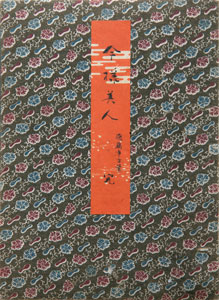
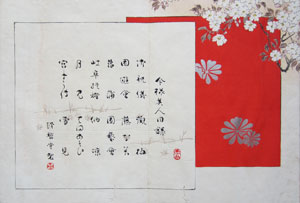
-2-thumbnail.jpg)
-2-thumbnail.jpg)
-2-thumbnail.jpg)
-2-thumbnail.jpg)
-2-thumbnail.jpg)
-2-thumbnail.jpg)
-2-thumbnail.jpg)
-2-thumbnail.jpg)
-2-thumbnail.jpg)
-2-thumbnail.jpg)
-2-thumbnail.jpg)
-2-thumbnail.jpg)

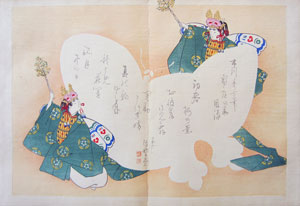
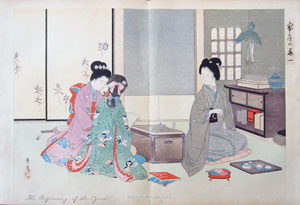
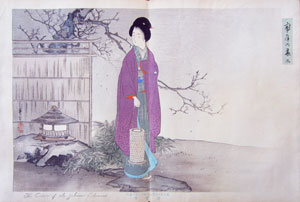
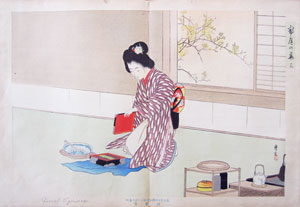
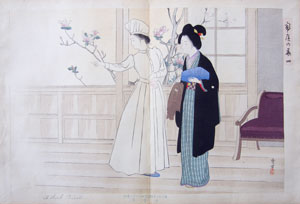
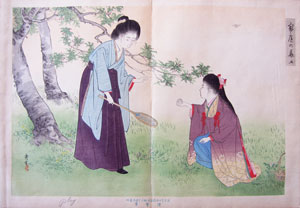
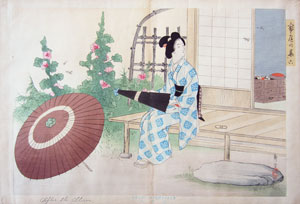
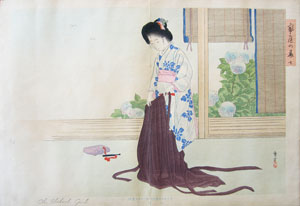
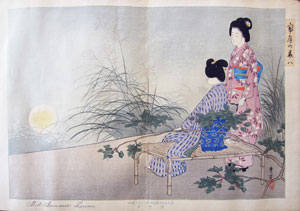
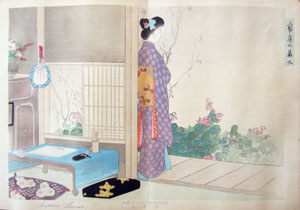



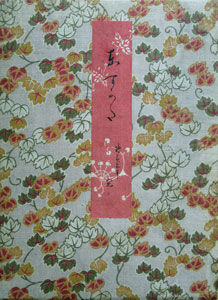
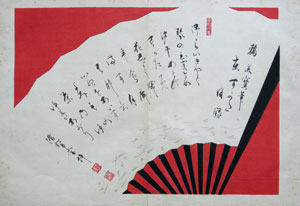
-thumbnail.jpg)
-thumbnail.jpg)
-thumbnail.jpg)
-thumbnail.jpg)
-thumbnail.jpg)
-thumbnail.jpg)
-thumbnail.jpg)
-thumbnail.jpg)
-thumbnail.jpg)
-thumbnail.jpg)
-thumbnail.jpg)
-thumbnail.jpg)
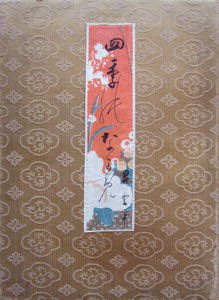
-thumbnail.jpg)
-thumbnail.jpg)
-thumbnail.jpg)
-thumbnail.jpg)
-thumbnail.jpg)
-thumbnail.jpg)
-thumbnail.jpg)
-thumbnail.jpg)
-thumbnail.jpg)
-thumbnail.jpg)
-thumbnail.jpg)
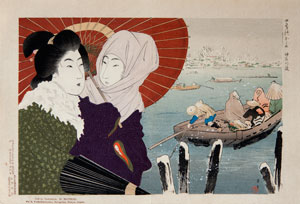
-thumbnail.jpg)
-thumbnail.jpg)
-thumbnail.jpg)
-thumbnail.jpg)
-thumbnail.jpg)
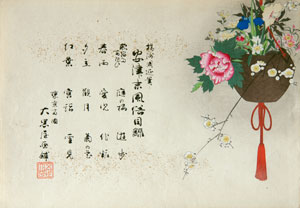
-thumbnail.jpg)
-thumbnail.jpg)
-thumbnail.jpg)
-thumbnail.jpg)
-thumbnail.jpg)
-thumbnail.jpg)
-thumbnail.jpg)
-thumbnail.jpg)
-thumbnail.jpg)
-thumbnail.jpg)
-thumbnail.jpg)